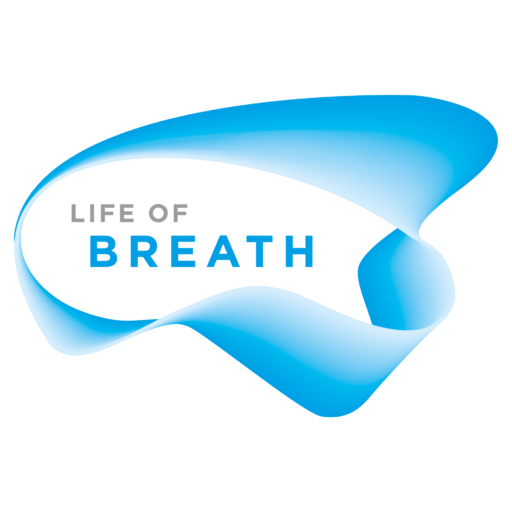Botanicals for breathlessness
by Sarah McLusky, Project Manager
People who feel breathless nowadays often reach for their inhaler, but in the past they might have been more likely to reach for a cup of tea. Tea is just one of a wide range of plants which doctors used to treat breathlessness and lung disease in the past. Although it might sound unlikely, some of these herbal treatments were surprisingly effective and some of the active ingredients they contain now form the basis of conventional pharmaceutical preparations.
Many of these plants can be found in the Medicinal Garden at the Royal College of Physicians. The medicinal garden is home to over 1,100 species of plants originating across the globe, ranging from the sunflowers to Chinese wormwood. The garden is a living collection of the history of medicine spanning the millennia, many now providing a function in modern medicine.
To coincide with our Catch Your Breath exhibition they developed a ‘Plants and the Lungs’ trail. Here are a few of the highlights.
Tea
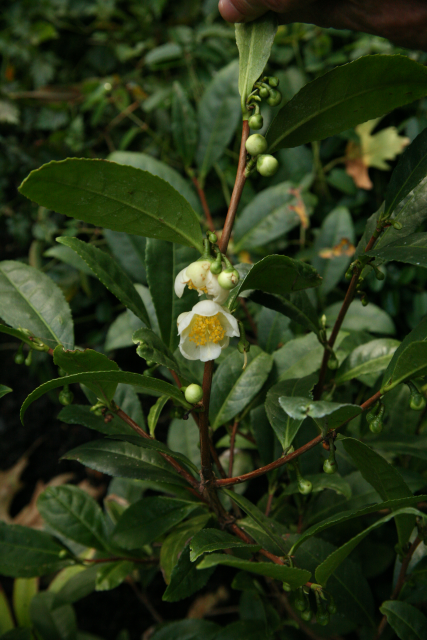
Tea (Latin name Camilla sinensis) originates from Asia-Temperate. The plant contains the molecules theophylline, theobromine and everyone’s favourite pick-me-up caffeine. These molecules inhibit an enzyme involved in muscle spasms and can help to relax the airways. For this reason, in Victorian times, strong coffee was advocated as a treatment for asthma.
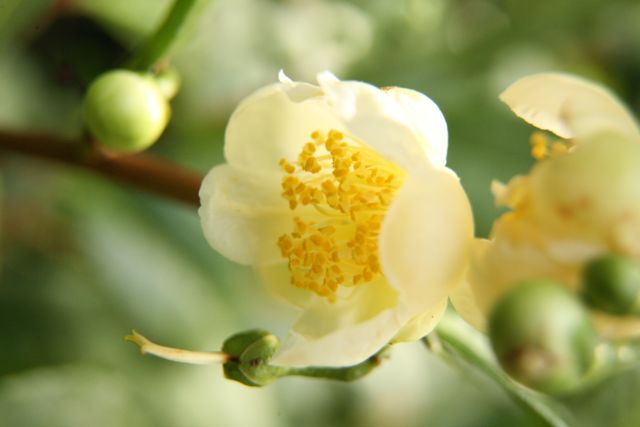
Deadly Nightshade
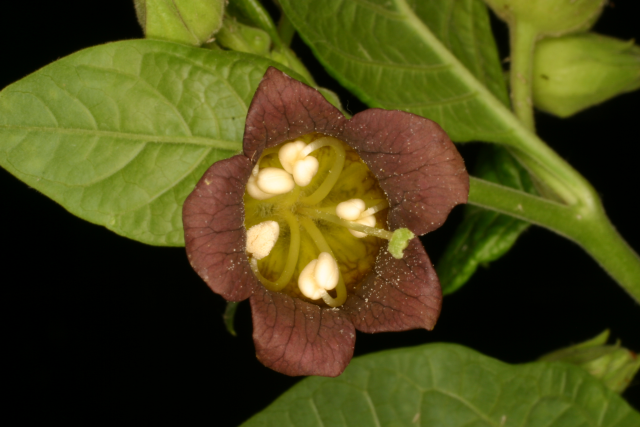
A plant with muscle-relaxing properties that can be used to lethal effect is deadly nightshade (Atropa belladonna). Deadly nightshade, a relative of potatoes and peppers, contains the toxic compounds atropine, hyoscine and hyoscyamine. As with many things, it’s the dose that makes the poison and in small doses it causes mild muscle relaxation (along with delirium and hallucinations!). In high doses, it stops all muscles – including the heart and diaphragm – working, leading to paralysis and death.
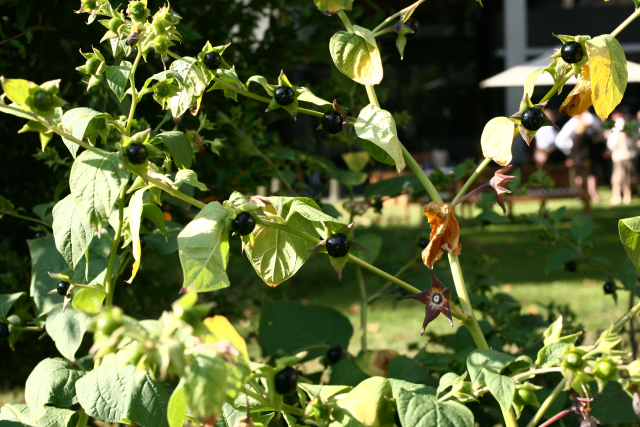

Humans have used the sweet-tasting berries as medicine, poison, stimulant and, perhaps most surprisingly, beauty treatment for thousands of years. The Romans used it to coat the tips of their arrows and rulers like King Duncan I of Scotland (the inspiration for Shakespeare’s Macbeth) used spiked drinks to dispatch many an unwanted royal guest. Witches clearly knew about the psychedelic effects too and deadly nightshade is believed to have been a component of their ‘flying potions’, along with henbane, hemlock and mandrake. The irises are muscles too and fashionable ladies would use deadly nightshade eyedrops to widen their pupils to make them seem more attractive, hence the Latin name belladonna which means beautiful lady in Italian. In purified forms and regulated doses, deadly nightshade still has its uses today. For example, a derivative of atropine is currently used as a treatment for asthma and chronic obstructive pulmonary disease (COPD).
Tobacco
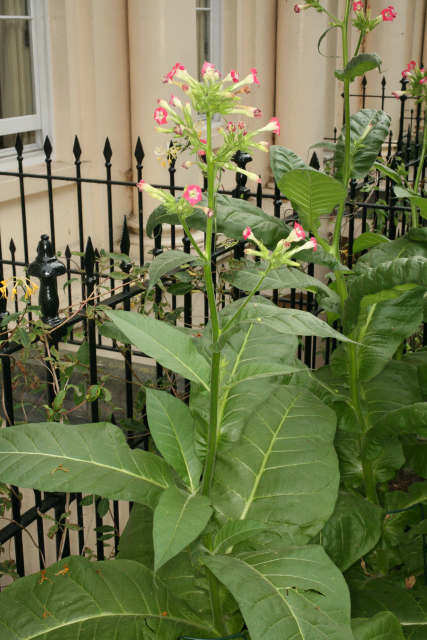
For 300 years, from its arrival into Europe in the 16th century, many doctors believed that tobacco (Nicotiana tabacum) was actually beneficial for the lungs. It seems they thought the irritation caused by the smoke helped people clear phlegm. We now know how wrong they were! You can read more about the fascinating history of tobacco in this blog post and Andrew Russell’s book Ethnography of Tobacco.
‘Plants and the Lungs’ Trail
If you would like to follow the ‘Plants and the Lungs’ trail you can pick up a leaflet at RCP or join a free monthly garden tour at 2pm on the first Wednesday of every month. The medicinal garden at the Royal College of Physicians is open 9am-5pm every weekday.
The last day of Catch Your Breath coincides with RCP’s Open House on Saturday 21 September 2019, part of the Open House London Festival (Saturday 21 & Sunday 22 September 2019).
It’s a great opportunity to explore the medicinal garden, join one of the many architecture or Catch Your Breath tours led by the curatorial team or a Catch Your Breath art tour with Jayne Wilton. Artist Jayne Wilton will also host an all-day open studio for you to drop-in and get involved in making 2D and 3D representations of your breath, and the opportunity to take part in the Jeppe Hein’s global project Breathe with Me.

